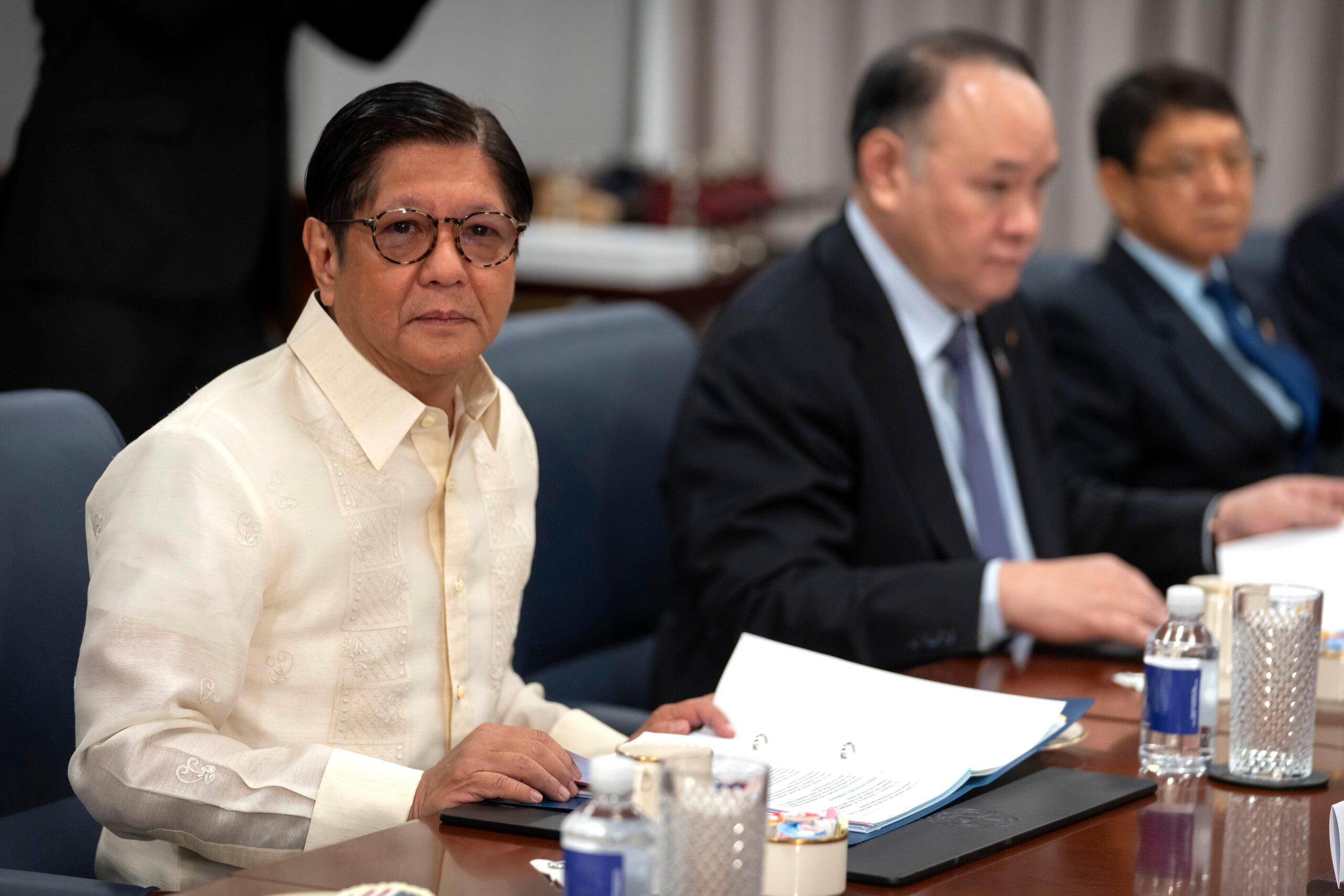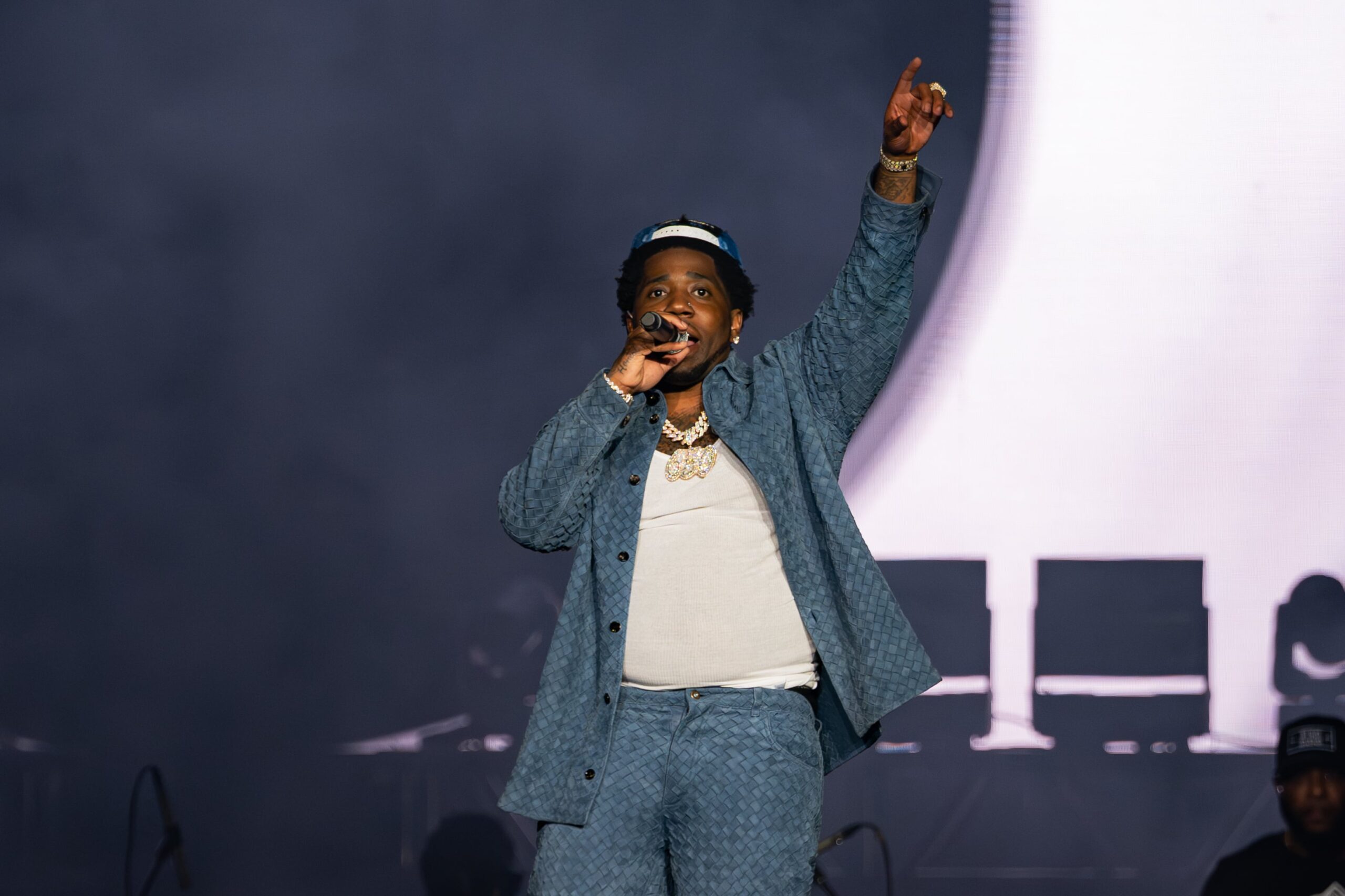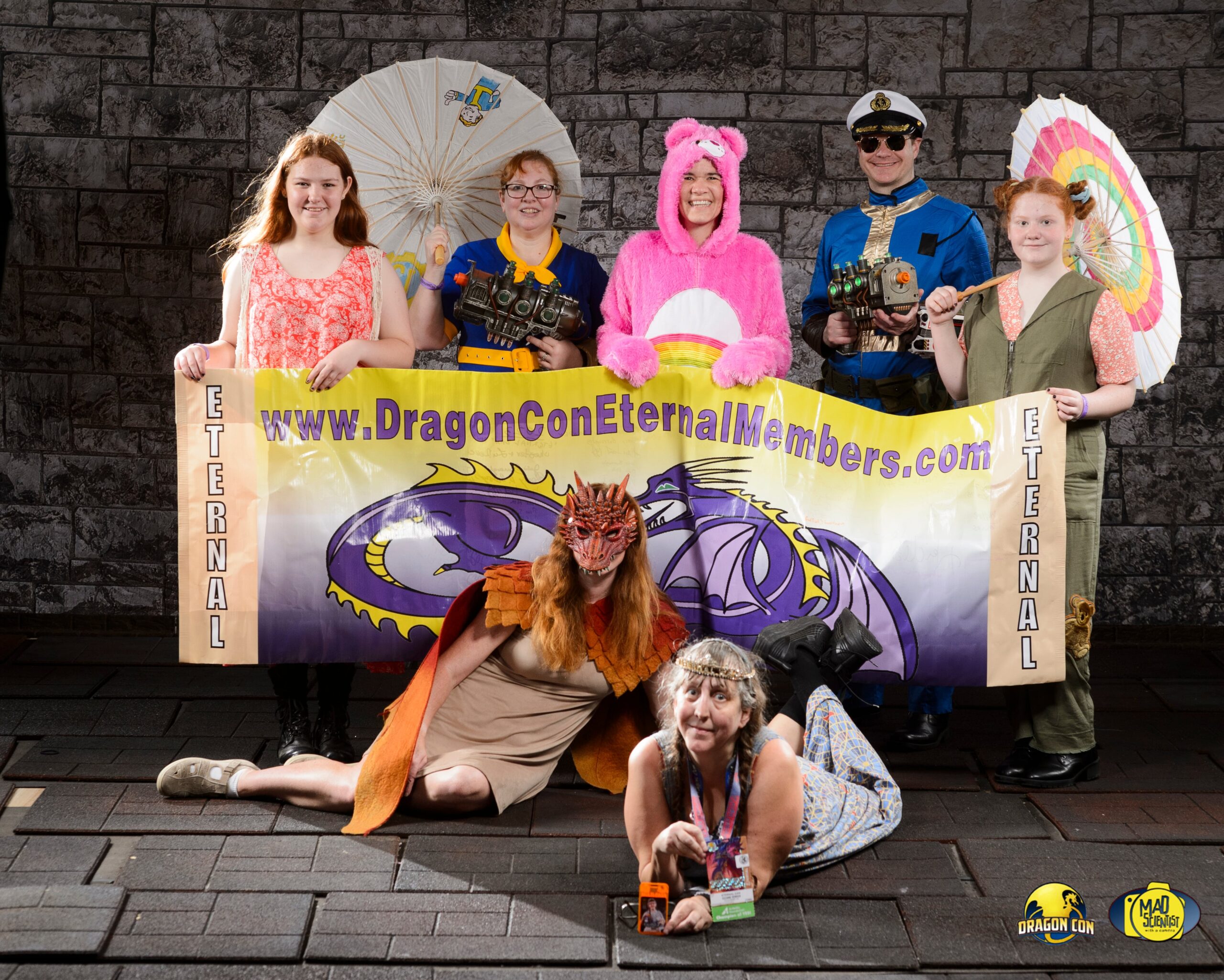Beijing, the second-largest economy in the world, is viewed by Washington as its main rival, and in an effort to confront China, successive presidential administrations have attempted to reorient American economic and military priorities to the Asia-Pacific region. Like his predecessors, Trump has been sidetracked by attempts to mediate peace in a variety of situations, from Gaza to Ukraine.
It is anticipated that tariffs will also be discussed. If a deal cannot be reached, Trump has threatened to levy 20% tariffs on Filipino exports on August 1.
As Marcos was leaving for Washington on Sunday, his office stated, “I intend to convey to President Trump and his Cabinet officials that the Philippines is ready to negotiate a bilateral trade deal that will ensure strong, mutually beneficial, and future-oriented collaborations that only the United States and the Philippines will be able to take advantage of.”
Ralph Recto, the finance secretary, told local reporters that Manila is willing to provide zero tariffs on certain American imports in order to reach an agreement with Trump.
Karoline Leavitt, the press secretary for the White House, made a suggestion that a trade deal with the Philippines was being discussed. When questioned about tariff discussions on Monday, she told reporters that perhaps this might be a topic of discussion.
According to the White House, Trump and Marcos will talk about their shared commitment to maintaining an Indo-Pacific that is free, open, economic, and secure.
Hegseth reaffirmed America’s commitment to bringing about peace in the region via strength before to a meeting with Marcos at the Pentagon.
Never before has our legendary partnership been more vital or powerful than it is now, and we are all still dedicated to the mutual defense pact, Hegseth declared on Monday. And anyplace in the Pacific, including the South China Sea, this agreement covers armed assaults on our military forces, planes, or public ships, including our Coast Guard.
The promise to support one another’s defense remains the foundation of that relationship, particularly in terms of defense and security cooperation, Marcos, whose nation is among the longest U.S. treaty partners in the Pacific, said Hegseth.
Since Hegseth’s March visit to Manila, he said, the partnership has grown stronger, with joint exercises and U.S. assistance in modernizing the Philippine military. Marcos expressed gratitude to the United States for providing the assistance “that we need in the face of the threats that we, our country, is facing.”
In the South China Sea, a vital shipping route for international trade, China, the Philippines, Vietnam, Malaysia, Brunei, and Taiwan have been embroiled in protracted territorial disputes.
In the South China Sea, the Chinese coast guard has regularly struck Filipino vessels with water cannons. Those ships were accused by China of illegally entering the waters or intruding on its territory.
China is a menace, Hegseth said at a security summit in Singapore in May, adding that the United States is “reorienting toward deterring aggression by Communist China.”
According to State Department spokesman Tammy Bruce, Marcos and Rubio met Monday and reaffirmed their commitment to preserving regional peace and stability while also discussing deeper economic links, including strengthening supply chains.
The United States has made an effort to maintain open lines of contact with Beijing. In Kuala Lumpur, Malaysia, this month, Rubio and Chinese Foreign Minister Wang Yi met on the fringes of the Association of Southeast Asian Nations regional meeting. The significance of managing differences was emphasized, and they decided to investigate “areas of potential cooperation” together.
___
This item was written by Chris Megerian of the Associated Press.
Thanks to AP
Thanks to AP
Thanks to AP
Thanks to AP
Thanks to AP
Thanks to AP






